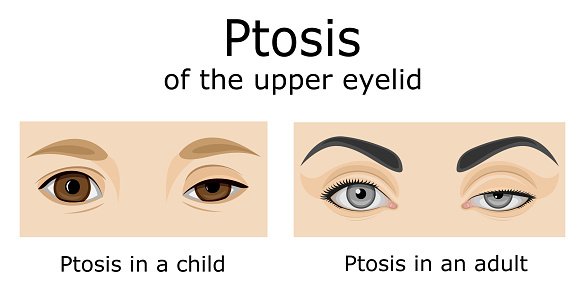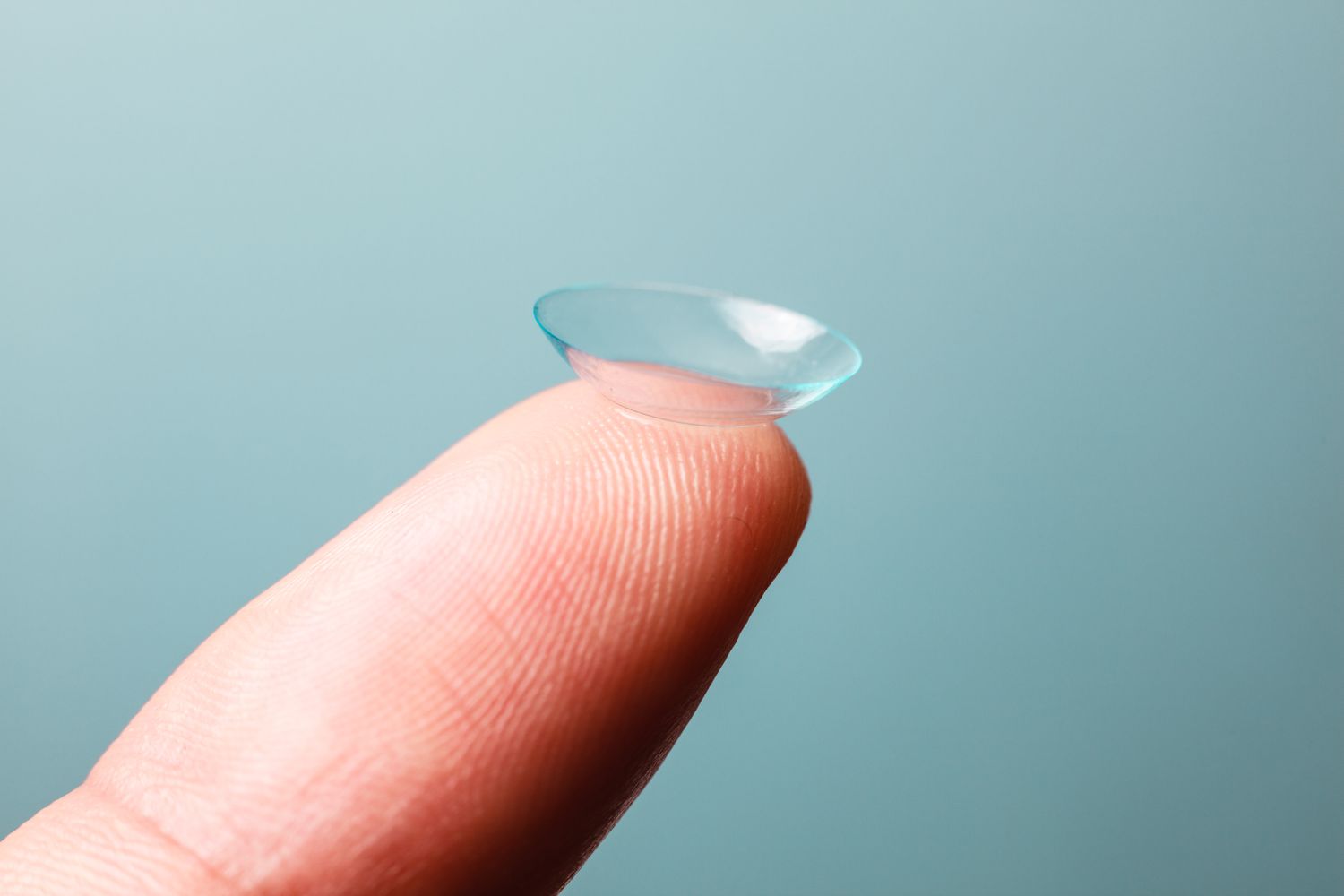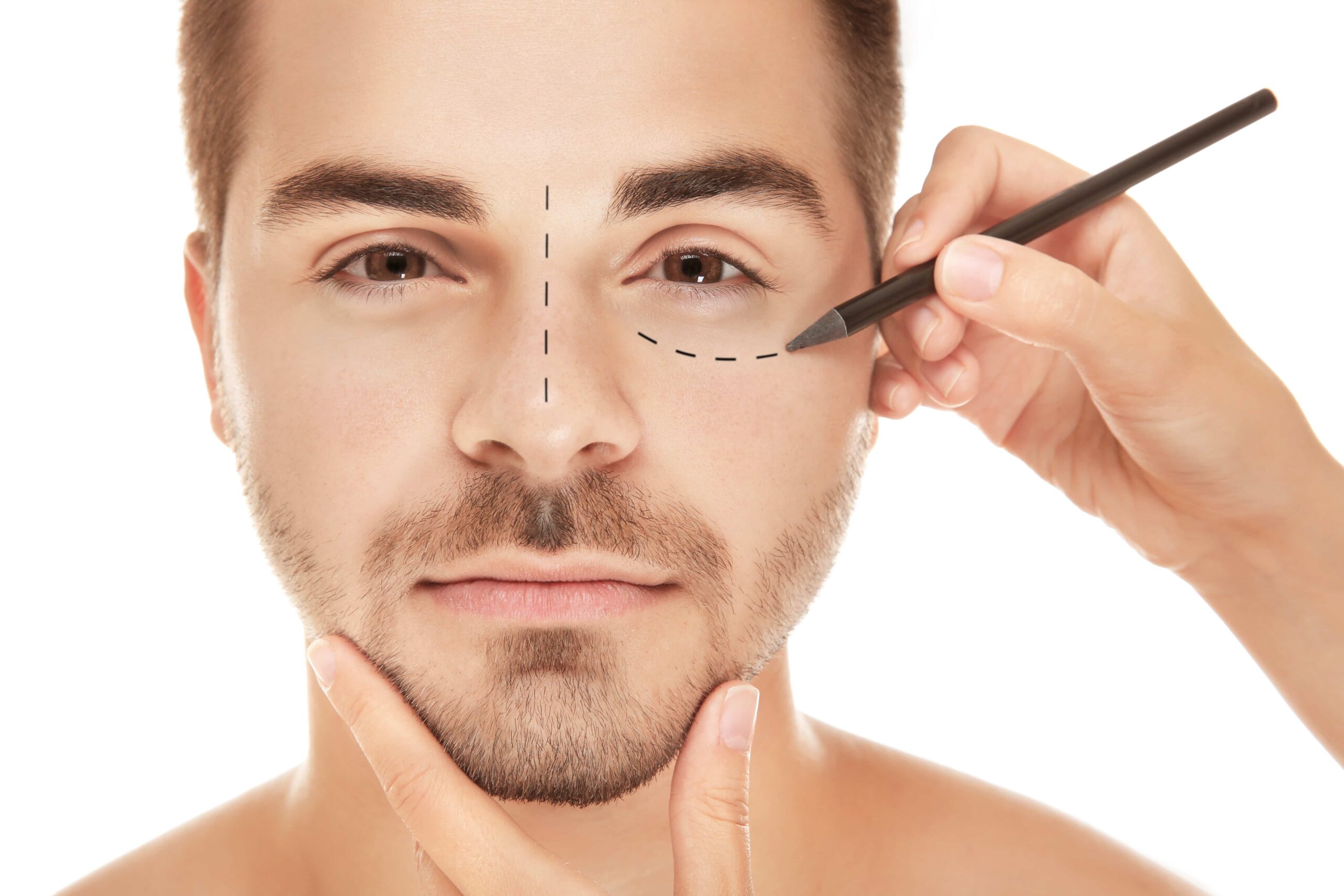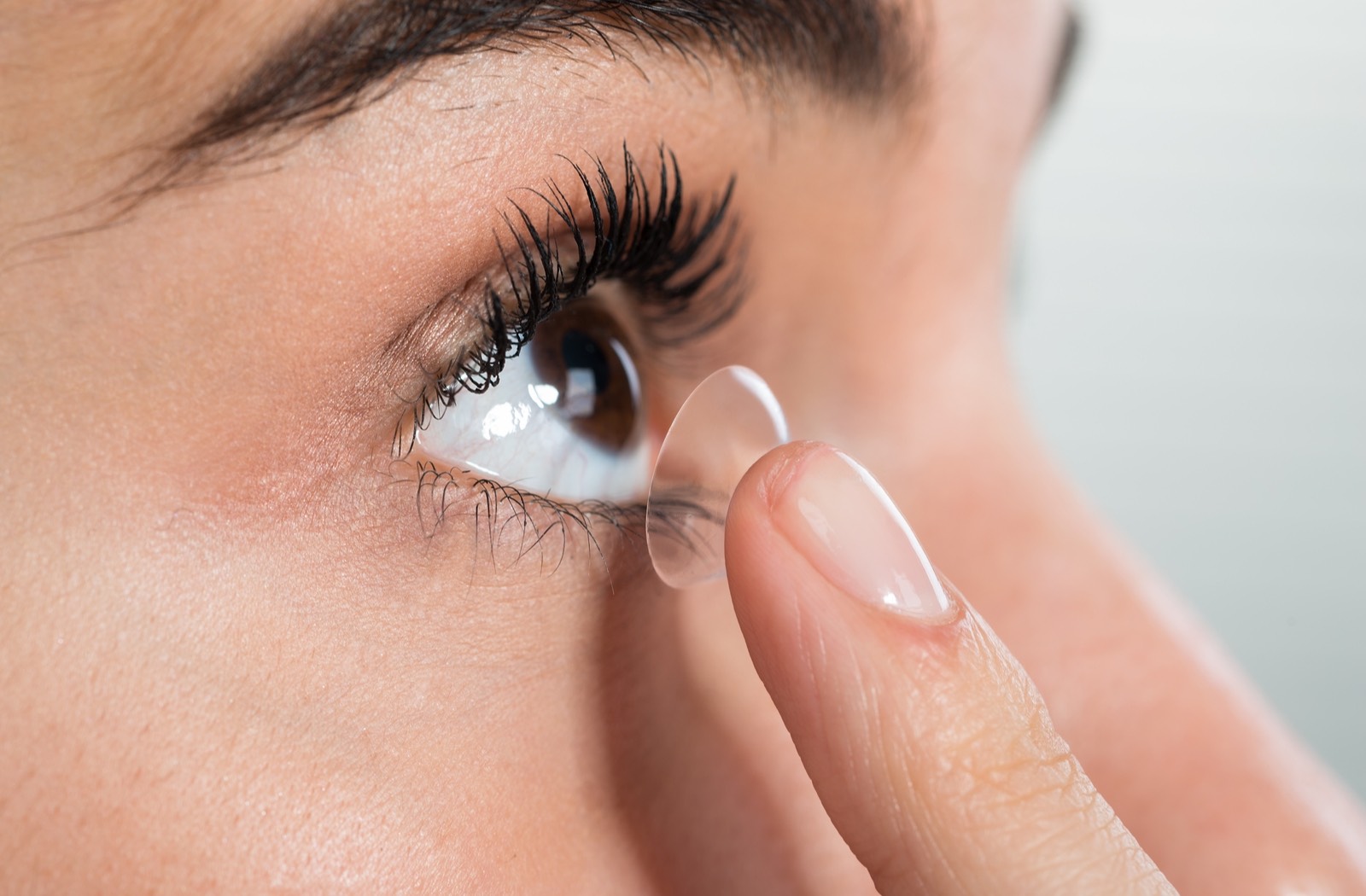Eyelid Drooping
Do you notice that your eyelids droop whenever you look in the mirror? The technical or medical term for this is “ptosis” and if this is happening, your eyelids may be drooping on account of any number of factors ranging from the natural aging process to certain vision disorders connected to neurology.
Ptosis is not just a matter of appearances that make you look tired, sad, or older it can also create the more serious problem of blocking your peripheral vision. If you notice that you have drooping eyelids, look into having them checked immediately! This can also be a symptom of other medical conditions, ranging from nerve dysfunction to certain types of cancer.
What Causes Ptosis?
There are several reasons an eyelid might droop. Some babies are born with ptosis in one or both eyelids. These children must have a thorough eyelid examination.
Ptosis can occur later in life if the muscles or ligaments that normally raise the eyelid are weakened by injury or disease. Sometimes the drooping is even a result of damage to the nerves that control the eyelid muscles.
Most ptosis just happens with aging as the skin and muscles of the eyelids stretch and weaken. Sometimes, previous eye surgery speeds up this change because the instruments used to keep the eye open during surgery can stretch the eyelid.

When to See a Doctor
Our doctors analyze how ptosis is affecting your sight and look for any underlying causes of this condition. They will complete a series of blood tests, X-rays, or an MRI to give you a proper diagnosis.
Drooping may be present in one or both eyelids depending on the cause and the lid may cover only the upper eye, or the entire pupil may be covered.
Problems with vision will often be present:
- At first, just a sense that the very upper field of vision is being blocked.
- When the drooping eyelid covers the pupil of the eye, vision may become completely blocked.
- Children may tip their head back to help them see under the eyelid.
- Tiredness and achiness around the eyes may also be present.
- Increased tearing despite a feeling of dry eyes may be noticed.
Exams and Tests
When drooping is on one side only, it is easy to detect by comparing the two eyelids. Drooping is more difficult to detect when it occurs on both sides, or if there is only a slight problem. Comparing the current extent of drooping with the amount shown in old photos may help you detect the progression of the problem.
A physical exam will be done to determine the cause which include:
- Slit-lamp examination
- Tensilon test for myasthenia gravis
- Visual field testing
Ptosis Repair and Treatment
If a disease is found, it will be treated however most cases of drooping eyelids are due to aging and there is no disease involved.
Eyelid lift surgery (blepharoplasty) is done to repair sagging or drooping upper eyelids. In milder cases, it can be done to improve the appearance of the eyelids but in more severe cases, surgery may be needed to correct interference with vision. In children with ptosis, surgery may be needed to prevent amblyopia, also called “lazy eye.”
Ptosis Repair Surgery Before & After Photos
See before and after Ptosis Repair photos of people who trusted our doctors at SightMD for their treatment. Contact us to learn more about how a Ptosis Repair can help you regain your confidence!
Ptosis Repair Before & After PhotosWhat to Expect from Surgery
Ptosis surgery is performed under local anesthesia with sedation (the patient is awake but does not feel the procedure). The types of surgery to repair the droopy lid include the following:
- The surgeon makes an opening in the skin of the upper eyelid. This allows the surgeon to find the small muscle that raises the eyelid. The surgeon places stitches to tighten this muscle and raise the eyelid. The incision in the skin of the eyelid is then closed with more stitches.
- The surgeon can perform the entire surgery from underneath the eyelid. In this case, the eyelid is flipped and the muscle is tightened from underneath. No skin incision is required for this approach.
- After surgery, the doctor will explain how to take care of the eye. It is important for the patient to come back to the doctor after surgery so the results can be checked.
Appointments are usually scheduled for several days to one week after surgery.
Sometimes, the eyelid might still droop a little bit or the eyelid might not close all the way. If the doctor notices this, additional treatment might be recommended however, the eyelid is in a better position soon after the operation.
Contact SightMD today to schedule an appointment with one of our doctors to discuss your Ophthalmic Plastic Surgery options at one of our convenient locations!

Can Contact Lenses Damage Your Eyes?
Wearing contact lenses is more convenient than wearing glasses. However, if used improperly, contact lenses can increase the risk…

How long should you rest after eyelid surgery?
Unfortunately, there is nothing “quick” about recovering from eyelid surgery (or “blepharoplasty,” as we professionals call it). As we…

What are the Disadvantages of Using Contact Lenses?
Next to eyeglasses, contact lenses are the oldest and most frequently chosen option to improve the ability to see….